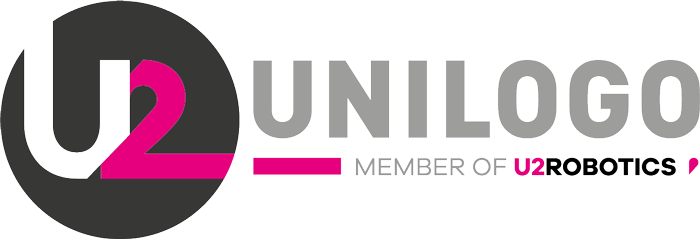A label on a product’s packaging is not only intended to draw the customer’s attention and encourage them to purchase it, but it also provides important information about the product. The requirements for what should be on the label depend on the type of product, but certain information should appear on every product.
Table of contents:
Product label – What should it contain?
In most cases, the largest space on a product label is taken up by the brand name and logo of the product, as devised by the manufacturer. However, if you look at the label only in terms of the mandatory information set out in legislation, you will find that the brand name and the manufacturer’s logo are not required in any way.
Much more important than the name invented by the marketing department is the name which will help customers quickly identify the type of product they are dealing with. For example, an alcoholic beverage must bear a label that clearly indicates that it contains alcohol.
When making product labels, irrespective of the type of product, you must list the aforementioned information about the nature of the product as well as data that identifies the producer. This includes both the name and address of a specific company. This also applies to importers of goods. All information on the label should be clear, legible and easy for the buyer to understand.
The label on the product packaging must contain only truthful information about the goods inside the package and must not under any circumstances mislead the customer. In addition, Polish law stipulates that the information on product labels must be in Polish. The label should also bear all kinds of special markings required by law, such as the CE mark or the product’s authorisation to be placed on the market.
What does a food product label contain?
In addition to the general requirements for making product labels, there are also specific requirements for certain goods. The most stringent and detailed rules apply to the labelling of food products.
One of the most important pieces of information on a food product is its name, which must not mislead the customer. The rules specify the names assigned to certain foods, while others use a common name, such as cakes, biscuits, etc.
It is extremely important that the name and composition of the product match. For example, if the name of the product mentions nuts (e.g. nut biscuits), the ingredients should mention nuts along with their proportion.
The label on food product packaging must contain the above-mentioned product ingredients. However, there are some exceptions to this rule, such as vegetables and fruits, for which of course the composition is not required. It is very important that any allergens that the product contains are listed in its ingredients. These include nuts and eggs, among others.
Another very important piece of information on the product label is the date of minimum durability and ‘use-by’ date. Contrary to appearances, these are not two different terms for the same concept. A product whose date of minimum durability or ‘best-before’ date has passed might still be fit for consumption. However, if its ‘use-by’ date has expired, it may be dangerous for the health of the consumer. The label should also indicate the net quantity of the product in the package.
What does the food product label contain in addition to the above information? The nutritional value of the product is also required. The label should inform the customer about the content of fat, carbohydrates, fibre or vitamins in the product. If there is sufficient space on the packaging, the nutritional value should be shown in the form of a table. If not, it is permissible to add it to the label in the form of continuous text.
Product labels – what else should they feature?
In order for a product label to fulfil its purpose, it must not only contain specific information, but also be sufficiently durable. There is no point in meticulously listing ingredients, expiry dates, etc. if the label or the printing on it is not durable enough to ensure that the text can be read.
If the label is to provide information about the product, it must be made of a material that allows it to remain legible until it reaches the end consumer. There are many materials for product labels available on the market to suit the different needs of producers. The quality of the print on the label is also important.
However, a robust foil and durable label print are of no use if the label is applied incorrectly to the package and peels off during storage or transport. Proper application of the label to the packaging is the responsibility of labelling machines. These devices not only apply the label, but also – together with vision control systems – are capable of checking that the label has been applied correctly and is in the right place on the packaging.
The type of packaging that can be labelled depends on the labelling machine. For example, the ROTO device, manufactured by Unilogo, works well for labelling round packaging such as jars and bottles. In turn, the DUO ROTO labelling machine is used to label both oval containers and flat packaging.
Product packaging labelling. Summary
Although product labels are mainly perceived as marketing elements to attract customers and encourage them to buy products, their role is much more important. Their purpose is to provide the consumer with the necessary information on both the product and the company that produces or imports it.
Product labels must contain only true information and must not under any circumstances mislead the customer. For this reason, the information on them should be written so as to be clear and unambiguous to the consumer. It is also necessary to translate the text into Polish.
Are you looking for a new machine to label your products quickly and easily, or do you want to retrofit your existing machine? If so, we encourage you to explore Unilogo’s offerings for small and large businesses at unilogo.com and use the contact form to get in direct contact with our staff, who will be happy to answer all your questions and help you get the right solution for your application.


